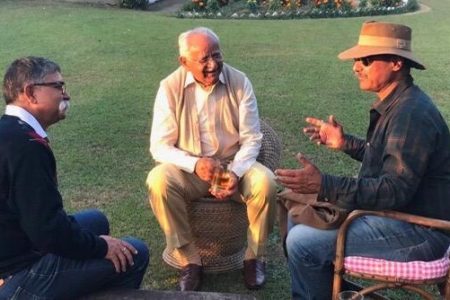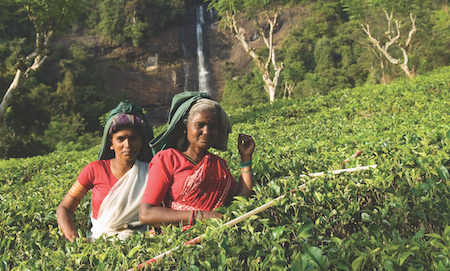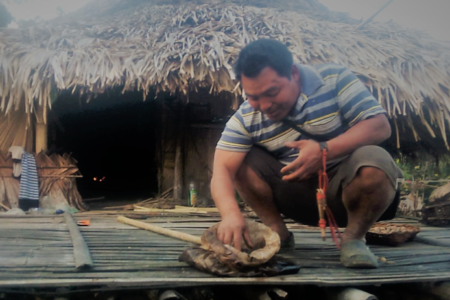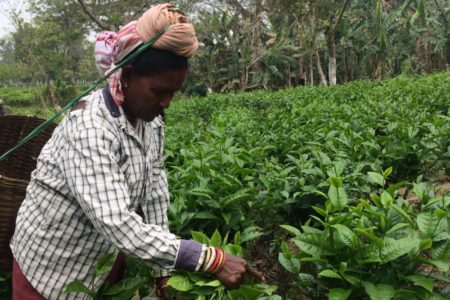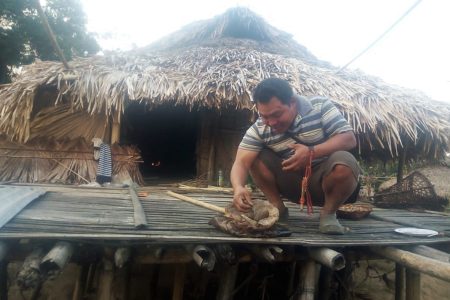Pullock Dutta
Origin India: Discovering The Wild Tea Forest of Assam
Pradip Baruah was born curious. He spends much of his time in the office and lab as chief advisory officer at the Tocklai Tea Research Institute (TRI) in Jorhat, Assam, but loves an adventure whenever the opportunity arises. In January he fulfilled one of his long held dreams on a walk into the jungles of Assam where he photographed an ancient wild forest of Camellia Assamica, a species of large-leaf tea distinct from China’s Camellia Sinensis.
India’s Oldest Manager in Tea
Sagar Mehta, who turned 90 in May 2019, is the oldest serving tea garden executive in India. The Koomtai Tea Estate that he managers produces 2 million kilograms tea—more than double the output when he was first named to rescue the troubled property.
Harvest Review: Assam’s Smallholders Inherit the Land
The vast Brahmaputra Valley holds the world’s greatest concentration of tea. Commercial production began 180 years ago in a region that has 800 of the largest plantations in the world; employs 686,000 tea workers daily and is vast enough to harbor ancient tea forests that have flourished for millennia.
Origin India: Discovering The Wild Tea Forest of Assam
Dr. Pradip Baruah, an avid explorer, said local tribesmen indicated the Assamica tea plants in this forest has existed in the wild since time immemorial. “I talked to the village elders and there is no knowledge of anyone planting here,” he said.
